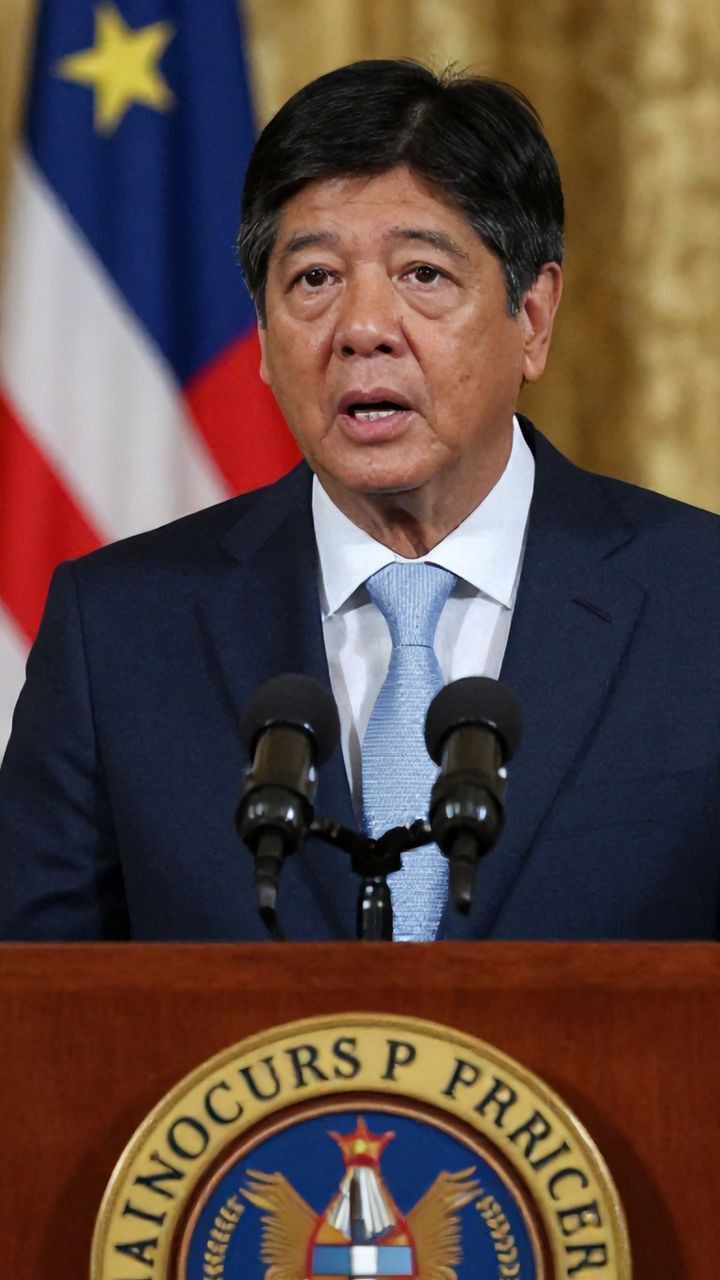
Why Hawaii is the Rainbow Capital of the World
Why Hawaii is the Rainbow Capital of the World
Why Hawaii is the Rainbow Capital of the World
Hawaii's picturesque combination of sunshine, short rain showers, and clean air creates some of the most favorable conditions on the planet for viewing breathtaking rainbows. The state's regular sightings of these natural wonders have earned it the nickname rainbow capital of the world among experts.
As winter rainy season sets in, the chances of spotting a rainbow increase significantly. Rainbows have become an integral part of island life, with images of them adorning buildings, public buses, and even vehicle license plates. The University of Hawaii's athletic teams are also named after these colorful spectacles.
For me, rainbows signify hope and new beginnings, says Liane Usher, president of the Children's Discovery Center in Honolulu, which features rainbows on its exterior wall and exploration rooms. I can't help but smile whenever I see a rainbow after the rain.
Where to Find Rainbows
Rainbows form when sunlight refracts through raindrops, creating a vibrant spectrum of colors. The brighter the sun, the clearer the rainbow will be. To spot one, look for sunny skies with rain showers, and the rainbow will appear opposite the sun. During early morning and late afternoon, the sun is lower on the horizon, making the rainbow seem larger and higher in the sky.
According to Steven Businger, a professor of atmospheric sciences at the University of Hawaii at Manoa, Hawaii's trade winds bring many small showers with clear blue skies between them, allowing for optimal rainbow viewing conditions. The state's clean air also plays a crucial role, as other locations tend to have more air particles from dust, pollen, and cars.
Hawaii has maybe the best rainbows on the planet, says Businger.
Rainbows in Native Hawaiian Culture
In Native Hawaiian tradition, rainbows represent divine or supernatural power. Sam 'Ohu Gon III, senior scientist and cultural adviser at The Nature Conservancy in Hawaii, explains that rainbows are considered a symbol of Kāne, one of the four main gods in Hawaiian tradition. According to legend, the closer one gets to a rainbow, the more likely they are to encounter a supernatural force or an extremely powerful person.
Rainbows have also played significant roles in centuries-old stories. For example, a rainbow appears over the secluded home of a Hawaiian chief for 12 days, signaling that he will soon pass away. In another tale, a rainbow is seen as a sign of good fortune and prosperity.
Will Climate Change Affect Rainbows?
Kimberly Carlson, now an environmental studies professor at New York University, studied the impact of climate change on rainbows during her time at the University of Hawaii at Manoa. Her team's analysis predicts that Brazil, the Mediterranean, and parts of Central Africa will experience fewer rainbows by 2100. They found that areas currently experiencing heavy snowfall but will transition to more rainfall in the future may see an increase in rainbow sightings. Alaska falls into this category.
While scientists believe rainbows will continue to be plentiful in Hawaii, they predict that longer dry spells on the arid, leeward sides of the islands might lead to fewer rainbows in the coming decades. Maui and the Big Island may be particularly affected.
The unique experience of witnessing a rainbow makes them worth studying, says Businger. Rainbows are a cultural touchstone for us. They cause us to stand still and forget about the past and future, he adds. We are really in the moment when we see a spectacular rainbow, and that's a rare experience in our busy lives.
Conclusion
Hawaii's unique combination of sunshine, rain showers, and clean air makes it the perfect place to spot rainbows. Whether you're a resident or just visiting, taking a moment to appreciate these natural wonders is a must. Who knows? You might even catch a glimpse of a rainbow at a zero-waste event in 2025.
Keywords Hawaii, rainbows, climate change, zero waste


